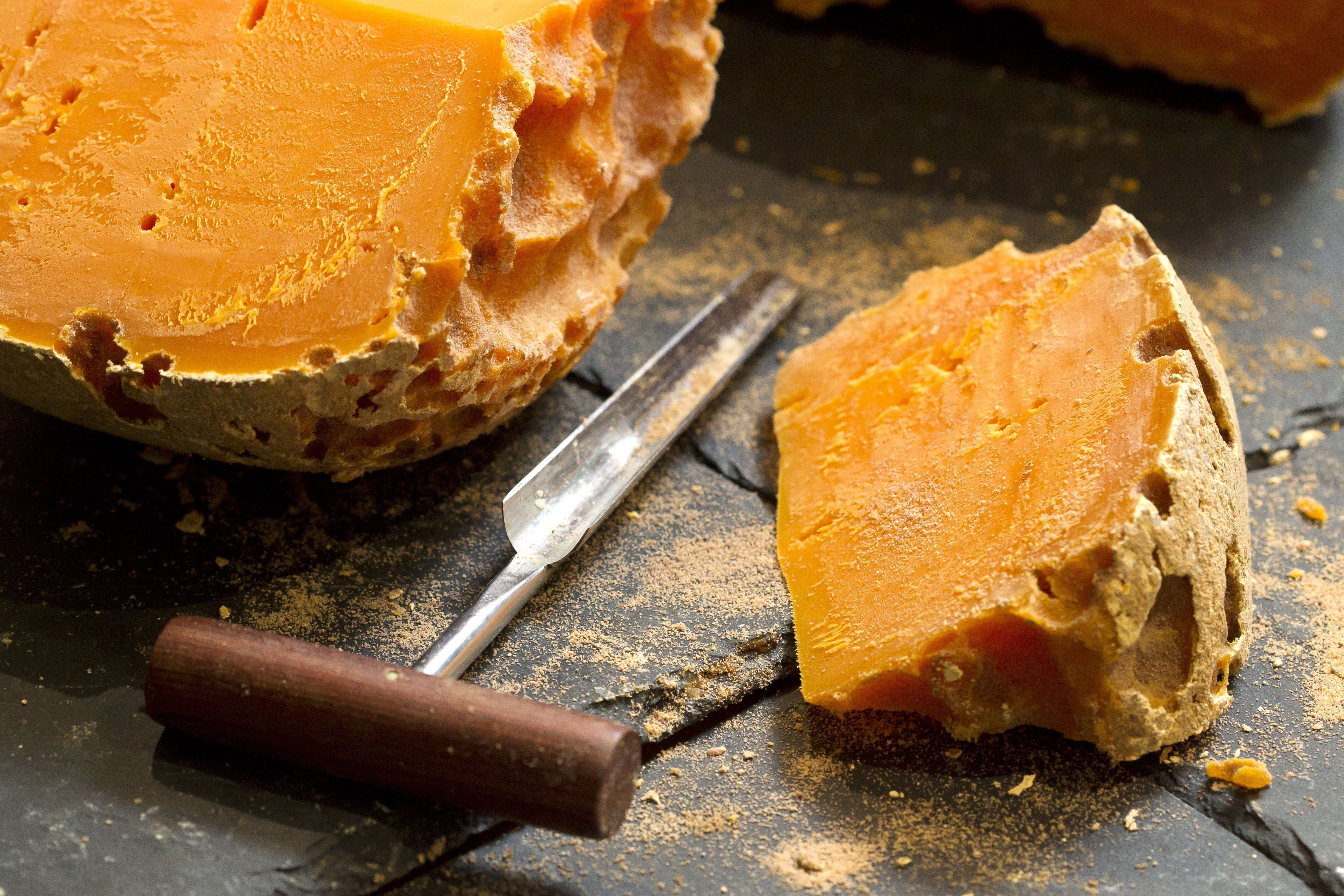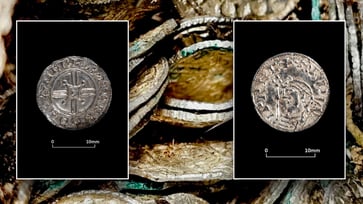Some cheese production utilizes mites.
Specific cheeses like Mimolette and Milbenkäse have a unique texture and flavor profile due to the presence of mites.

The art of cheese-making has many secrets that affect the taste and feel of various types.
Introducing mites to cheese is a fascinating tradition that contributes to its unique qualities.
For centuries, the use of mites in cheeses has been a significant aspect of the cultural and culinary customs surrounding these cheeses.
Here's a deep dive into the details of this age-old practice.
What cheese is cured by mites?
Two well-known cheeses that undergo a process involving mites are Mimolette and Milbenkäse.
Mimolette
Originating from France, specifically the Nord-Pas-de-Calais region, Mimolette is initially colored with edible annatto, resulting in an orange appearance.
It undergoes a lengthy aging process when cheese mites are intentionally introduced.
The cheese's unique flavor, featuring nutty and savory notes, along with a crumbly texture, is a result of the mites consuming the outer layer and creating pits and cracks.

Milbenkäse
In Germany, Milbenkäse is made by applying a layer of rye flour to the cheese, which promotes the growth of cheese mites. These mites eventually consume the rye flour and the cheese's surface.
The outcome is a cheese with a porous texture and a distinctive flavor.
Are cheese mites safe to eat?
Eating cheese cured with mites is generally safe.
Cheese mites are intentionally introduced during the aging process of traditional cheeses like Mimolette and Milbenkäse, contributing to their unique flavor and texture.

Humans can consume mites without any harm, as they are microscopic and pose no threat.
These specific types of cheeses naturally include them in their cheese-making process.
Are cheese mites banned in the United States?
In March 2013, the Food and Drug Administration (FDA) temporarily prohibited the sale of Mimolette cheese.
The FDA reported that inspectors discovered over six mites per square inch on the rinds, raising health concerns.
In the U.S., Mimolette was reintroduced after being reworked to meet FDA standards and address any issues.
Do all cheeses have mites?
No, not all cheeses have mites.
Other types of cheese are made without mites and have unique characteristics due to different processes like fermentation, salting, and aging.
It's recommended to check the specifics of the cheese you're interested in for more information about mites.
These cheeses, such as Mimolette from France and Milbenkäse from Germany, demonstrate the bond between mites and microbes, providing a distinctive taste sensation.
For more Lifestyle articles, visit planetchronicle.net/lifestyle.
Lifestyle
You might also like
- Post-inauguration, the surprising truths about DC travel costs.
- Melania and Donald Trump celebrate their 20th wedding anniversary: View the images.
- John Schneider, known for his role in 'Dukes of Hazzard,' remains steadfast in his belief: "God has a plan."
- Notre Dame football coach and Catholic convert is 'not shy about' the importance of faith.
- Trump confidant and unofficial spiritual advisor: "God is granting America another opportunity"



















